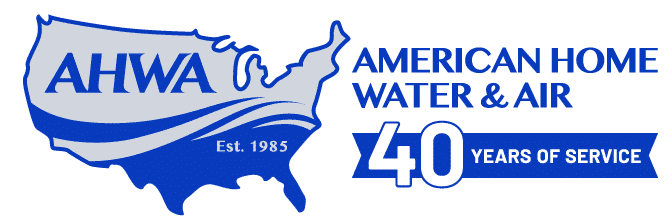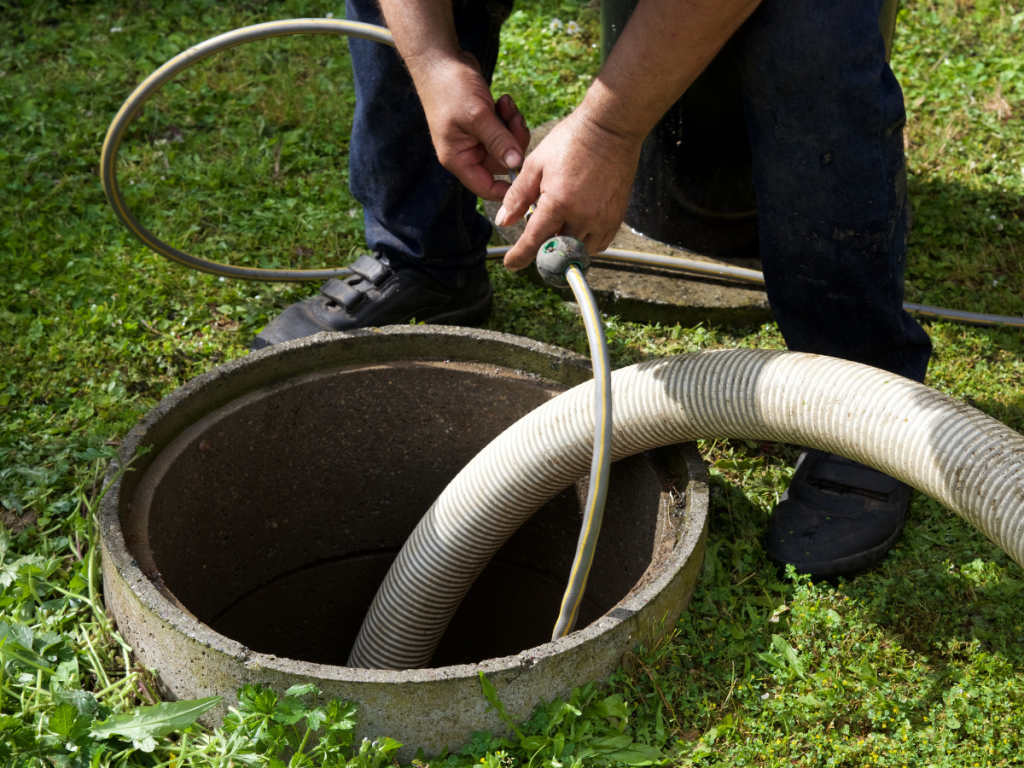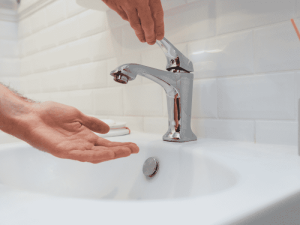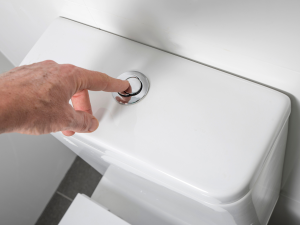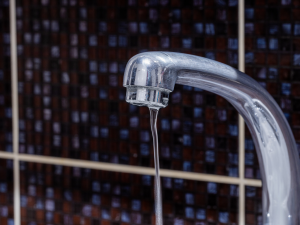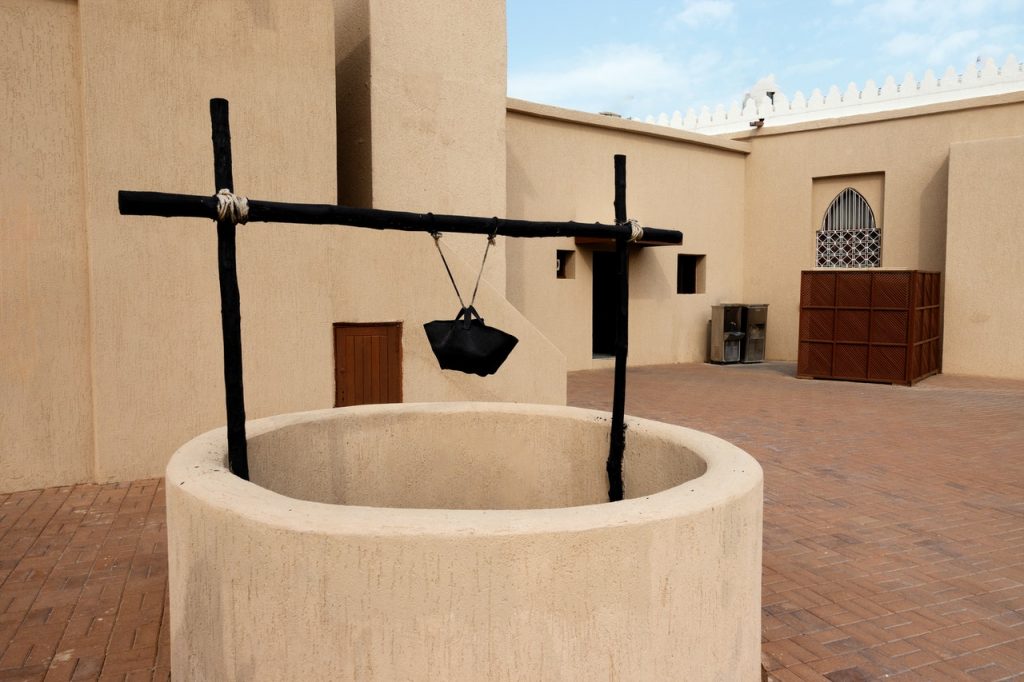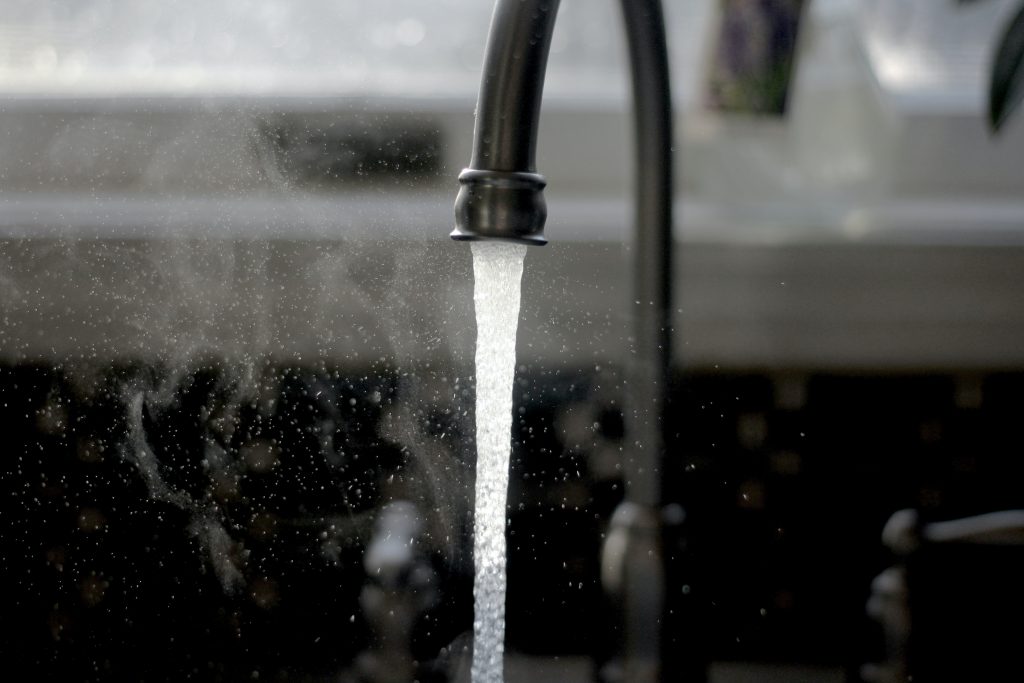If you’ve ever struggled with a drain that won’t stay clear or a sewer line that keeps backing up, you know how frustrating stubborn plumbing problems can be.
In Arizona’s busy households and businesses, these issues are more common than you might think. That’s where understanding what hydro jetting is and how it works can make all the difference. This powerful plumbing solution clears tough blockages that traditional methods can’t handle.
Let’s take a closer look at what hydro jetting means, how it works, and when it’s truly the best option for keeping your pipes healthy and clog-free.
What Is Hydro Jetting?
If you’ve ever dealt with a kitchen sink clog that wouldn’t budge, you’ve probably wondered if there’s a more effective way to unclog it than a plunger or drain snake. That’s where hydro jetting services come in.
Hydro jetting is a professional drain cleaning method that uses pressurized water—often up to 4,000 PSI—to thoroughly clean the inside of pipes. It’s a safe, efficient, and eco-friendly solution to eliminate grease, sludge, roots, and debris that are causing clogged drains or slow drainage.
So when people ask, “What is hydro jetting?”—the simple answer is:
It’s a powerful plumbing solution that blasts away buildup and restores clean pipes to near-new condition.
How Does Hydro Jetting Work?
Hydro jetting might sound high-tech, but the process is pretty straightforward (when done by a professional plumber).
Here’s how it works:
- Inspection
Before starting the process, a licensed plumber will use a camera to inspect your pipes. This allows them to locate the blockage, determine its cause, and ensure your plumbing is in good condition to handle high-pressure water jetting.
- The Jetting Process
A flexible hose equipped with a nozzle that sprays in multiple directions is then inserted into the pipe. Once the system is powered on, high-pressure water shoots forward to break through clogs and backward to scrub the pipe walls, flushing debris out of the system.
- Complete Cleaning
Unlike snaking, which cuts a narrow path through a clog, hydro jetting washes the entire interior of the pipe. It clears away years of accumulated grease, hair, soap residue, and even intrusive tree roots.
One of the main benefits of hydro jetting is that it thoroughly cleans and removes debris that could lead to future clogs, helping you avoid repeat service calls. It’s also considered a cost-effective drain cleaning option for homeowners dealing with frequent backups or tough blockages.
Think of it like pressure-washing the inside of your plumbing system. It’s a safe, eco-friendly process too, since it relies solely on water — no harsh chemicals required.
What Types of Blockages Can Hydro Jetting Remove?
Hydro jetting is incredibly effective at clearing:
- Hair and soap scum
- Grease and oil buildup
- Food particles and residue
- Sand, silt, and sediment
- Tree roots (yes, really!)
- Scale and mineral deposits
It’s commonly used in both residential plumbing and commercial systems—and especially useful for restaurants or older homes with frequent drain issues.
This deep, pressurized cleaning is something snaking simply can’t achieve — a snake might punch a hole through a clog, but it often leaves debris behind that soon causes another blockage. Hydro jetting, on the other hand, cleans out the entire pipe system.
When Do You Really Need Hydro Jetting?
Hydro jetting isn’t for every situation, but when it’s the right fit, it can save you time, money, and serious headaches.
Here are some signs it might be time to consider hydro jetting:
- Recurring Clogs – Are your drains clogging again and again, even after snaking or plunging?
- Slow Drains – Water backing up into your tub, sink, or shower can be a sign of buildup inside the pipes.
- Tree Root Invasion – Older homes, especially those with clay or cast iron pipes, are vulnerable to root intrusion.
- Heavy Grease Build-up – Common in kitchen lines or commercial properties like restaurants.
- Preventative Maintenance – If you want to avoid plumbing emergencies before they happen, hydro jetting is a cost-effective proactive step.
Important Note: Hydro jetting isn’t recommended for damaged or fragile pipes. That’s why a camera inspection is critical before doing the job. At American Home Water & Air, we always ensure your system is a good candidate before starting any high-pressure cleaning.
Hydro Jetting vs. Traditional Drain Snaking
| Feature | Hydro Jetting | Drain Snaking |
| Power | High-pressure water (4,000 PSI) | Mechanical coil |
| Scope of Cleaning | Full-pipe diameter | Small path through the clog |
| Long-Term Results | Removes all buildup | May leave residue behind |
| Suitable for Grease/Sludge | Yes | No |
| Risk of Pipe Damage | Low (with inspection) | Minimal |
In short, snaking is a quick fix, while hydro jetting provides deep, longer-lasting results.
Why Hydro Jetting Could Be the Smartest Solution for Your Plumbing
If you’re dealing with clogged drains, slow water flow, or suspect deeper issues in your sewer system, hydro jetting might be the answer. It’s thorough, effective, and a cost-effective solution to keep your home’s plumbing running smoothly.
But remember—this isn’t something to tackle on your own. Reach out to a licensed pro like the team at American Home Water & Air, and we’ll help you decide if hydro jetting is the right fit for your home.
Need help now? Let’s clear things up—literally. Call us today or schedule a service to talk with a certified plumber about your hydro jetting needs.
Frequently Asked Questions About Hydro Jetting
Is Hydro Jetting Safe for My Home?
Absolutely—but only when a trained, licensed plumber does it. The high pressure involved in hydro jetting means that it should never be a DIY project. Improper use can cause pipe damage, especially if the plumbing is already compromised.
At AHWA, our plumbing pros use careful diagnostics, the right tools, and expert techniques to make sure the job is done safely and effectively.
How Often Should I Schedule Hydro Jetting?
For most homes, hydro jetting every 1–2 years is a good preventative measure—especially if you’ve had issues with slow drains or grease buildup in the past. Commercial properties like restaurants may benefit from more frequent cleaning methods due to heavier use. If you’re unsure, a professional inspection can help determine the best schedule for your drain cleaning.
Can Hydro Jetting Remove Tree Roots?
Yes, hydro jetting can break up and flush out small to moderate tree root intrusions. However, if the roots have caused cracks or significant pipe damage, further repair or pipe replacement may be needed. That’s why a camera inspection is always performed first—to assess the condition of your plumbing before using high-pressure water.
Is Hydro Jetting Better Than Snaking a Drain?
Hydro jetting offers a deeper, more thorough clean compared to traditional drain snaking. While snaking simply punches through a clog, hydro jetting cleans the whole diameter of the pipe, removing built-up grease, sludge, and debris. It’s ideal for long-term results and restoring full pipe flow.
How Much Does Hydro Jetting Cost?
The hydro jetting cost depends on factors like the severity of the clog, pipe condition, and system accessibility. While prices vary, it’s often considered a cost-effective solution compared to frequent snaking or emergency plumbing repairs. If you’d like a better idea of typical rates, check out the average cost of drain cleaning for Arizona homes and see how hydro jetting compares.
For an accurate quote, it’s best to schedule an inspection with a professional plumber from AHWA.
